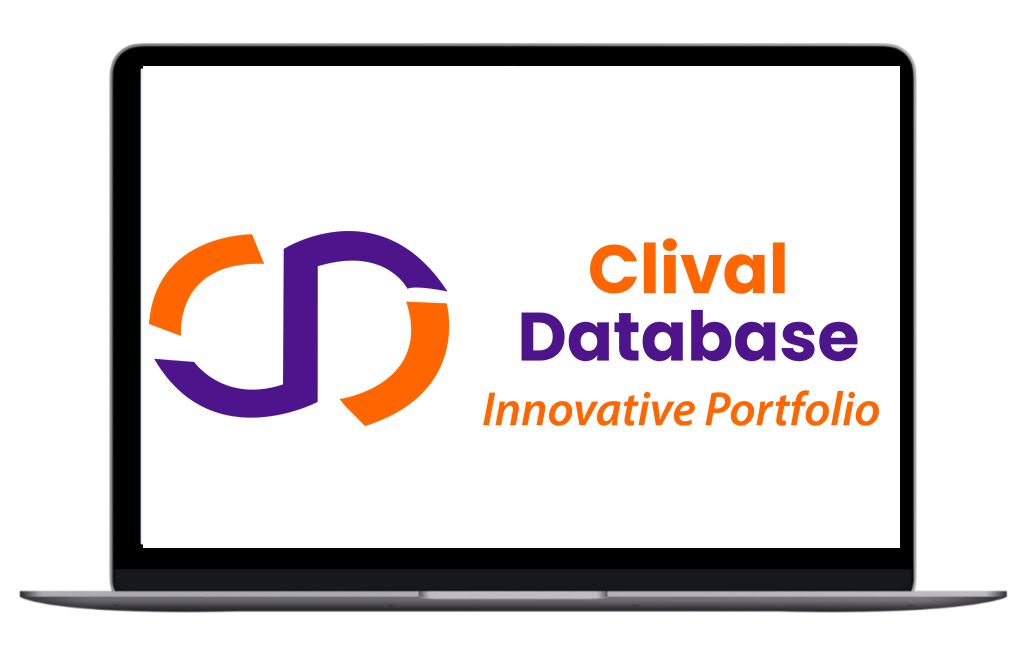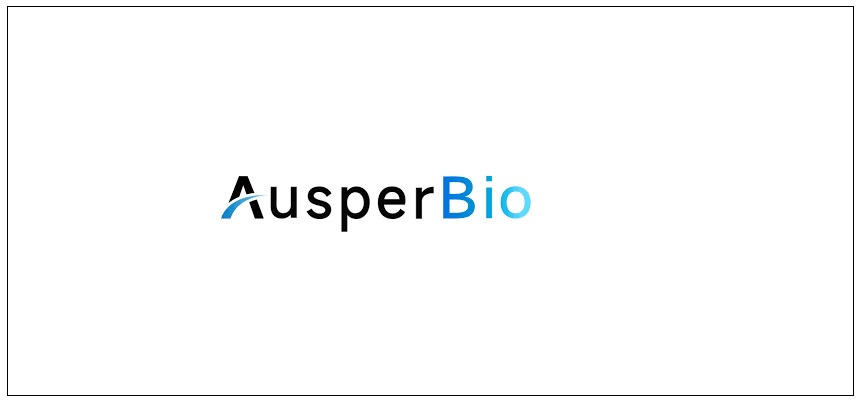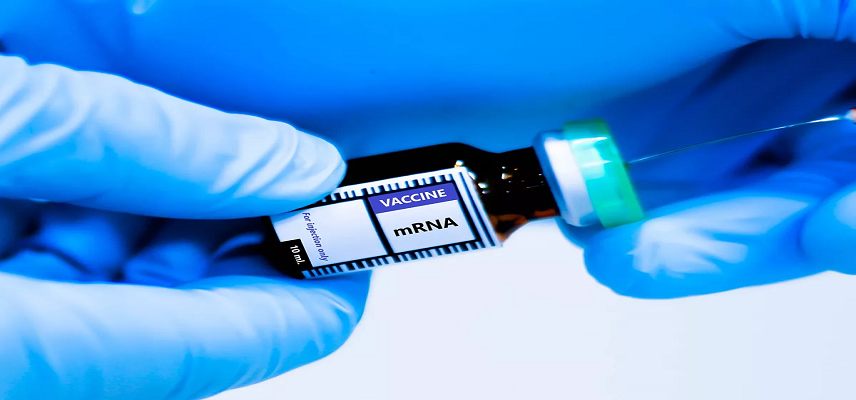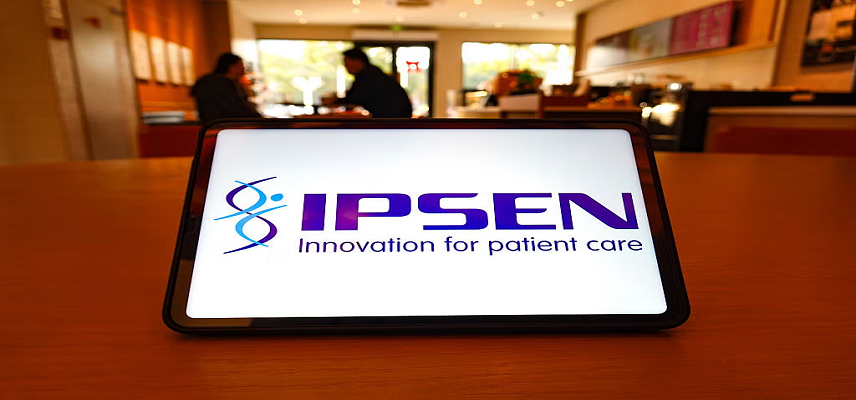Rice University Breakthrough Could Make Automated Dosing Systems Universal
Overview
Rice University synthetic biologists have found a way to piggyback on the glucose monitoring technology used in automated insulin dosing systems and make it universally applicable for the monitoring and dosing of virtually any drug.
Recent Demonstration
In a recently published study in Nature Communications, researchers in the lab of Caroline Ajo-Franklin demonstrated the technique by modifying a blood-glucose sensor to detect the anticancer drug afimoxifene, an estrogen inhibitor that patient’s bodies also make after they take the chemotherapy tamoxifen.
Future Plans
By building on mature biosensing technology that’s commercially available at most drug stores for under $20, Ajo-Franklin’s team hopes to speed the development of automated dosing systems for chemotherapies and other drugs as well as other technologies for real-time monitoring of biomarkers in the blood.
Words from Rice Synthetic
“The dream is to have technology similar to what’s available today for monitoring and treating variations in blood glucose, and have that be true for basically any drug,” said Ajo-Franklin, a bioscientist, cancer researcher and director of the Rice Synthetic Biology Institute. “Millions of people use blood-glucose monitors every day. If we can use that same basic technology to monitor other drugs and biomarkers, we could move away from the one-size-fits-all dosing regimes that we’re stuck with today.”
Mechanism
- The heart of blood-glucose monitoring technology is a biochemical reaction in which specific proteins bind to glucose molecules and release electrons.
- Millions of these reactions take place within seconds, creating a small electrical current that is proportional to the amount of glucose in the blood sample.
About Research
- Rong Cai, a postdoctoral research associate and the lead author of the study, tested more than 400 slightly modified versions of the electron-releasing protein and found a version that reacted with afimoxifene, reducing the current output from the glucose reaction in the blood.
- This allowed the team to detect the presence of afimoxifene by comparing the current produced by the regular glucose test to the reduced current from the modified test.
- To demonstrate the technology in an electronic device, Ajo-Franklin’s team worked with the research group of Rice engineer and materials scientist Rafael Verduzco to create an afimoxifene sensor that emitted a current when the drug was detected.
Ongoing Work on Sensitivity
Ajo-Franklin said her lab is already working on both ways to improve the sensitivity of glucose-based drug tests and methods to rapidly identify glucose-oxidizing proteins that can detect drugs other than afimoxifene.
Rong Cai’s Words on the Research
- “The glucometer is the part that’s so well-developed,” Cai said. “While our target is different, it’s just a matter of engineering and changing the protein on the inside. On the outside, everything will still be the same. You can still do the test with a strip or on your arm.
- She said another key feature of the technology is that it produces an electrical output.
- “If your signal is electrical, you can read it in your phone, store its data in your phone, send it to the cloud, whatever,” Cai said. “That’s the part, that marriage between electricity and biology, that is very attractive.”
Professors Behind This Research
- Ajo-Franklin is a professor of biosciences in the Weiss School of Natural Sciences and a CPRIT Scholar in Cancer Research with the Cancer Prevention and Research Institute of Texas (CPRIT).
- Verduzco is a professor of chemical and biomolecular engineering and of materials science and nanoengineering in the George R. Brown School of Engineering.
Research Support
The research was supported by CPRIT (RR190063), the National Science Foundation (1828869, 2223678) and the Army Research Office (W911NF-22-1-0239).

Optimize Your trial insights with Clival Database.
Are you exhausted from the uncertainty of trial insights pricing? Clival Database ensures the clarity in the midst of the global scenario for clinical trials to you.Clival Database is one of the best databases that offers an outstanding number of clinical trial data in terms of 50,000+ molecules and from primary regulatory markets as well as new entrants like Indian and Chinese markets.
With Clival, you get accurate positioning of historical sales data, patent database, company profiling, safety & efficacy, and prediction of launch of new innovative molecules helping you to align your research and driving down the cost.
To add value, we further break down our analytics for you so that improving your operational effectiveness; optimizing your clinical trials; and offering you accurate and high-quality data at lowest possible prices becomes possible.
Elevate your trial success rate with the cutting-edge insights from Clival database.
Check it out today and make more informed sourcing decisions! Learn More!







